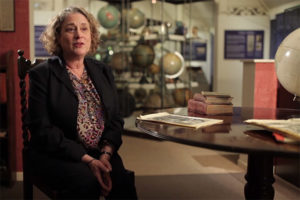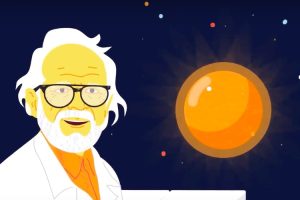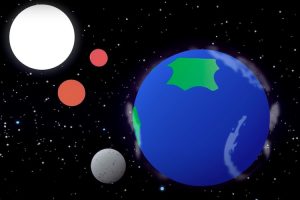Globes and Representations of the Cosmos
Historian and Philosopher of Science Liba Taub on a history of the globe, antique representation of the Univer...
Which spectral pattern does the CMB spectrum follow? How many parametres are needed to describe the CMB in the standard cosmological model? Henry De Wolf Smyth Professor of Physics at Princeton University Lyman Page describes the properties and aspects of the cosmic microwave background.
In the fifties it was first when people first start to think about this, it was Alpher and Herman and Gamow, who were putting together this picture and thought this could exist and it was related to the hot Big Bang model of the universe. Interestingly at the same time Zel’dovich thought the Big Bang was cold and therefore this radiation shouldn’t exist. Years went by, these initial thoughts on its existence were not widely known throughout the world. The idea was again revived for yet other reasons by Bob Dicke in Princeton and a group in Princeton then started to look for the actual radiation. A group up the road in Bell Labs by Penzias and Wilson were actually doing something completely different. They were making astronomical measurements but also developing technologies for satellite system. And they measured it, they found it.
What I’ve been talking about is the absolute temperature, you can all go out and measure it. If you have a TV, you can take an antenna and point it up at the sky and tune it to an inactive channel and see the static. It is about 1 percent of the fuss, of the noise, if you find an inactive channel, about 1 percent of that is from the cosmic microwave background, is from the birth of the universe. And you can tell it’s one percent because roughly the corresponding noise, we live in our environment is about 300 Kelvin, that noise is the ultimate limit for the electronics in the TV, 3 Kelvin is one percent of that, so one percent of that fuss comes from the microwave background.
This is the precursor to us and so we see these hot and cold spots back there, we see them now, it’s with these hot and cold spots and we can relate them to variations in the strength of gravity. Then that tells us where the matter was accumulated and gives us a picture for how structure in the universe started to form. And what we can then think of is between this surface, that’s very far away, that’s roughly the age of the universe times the speed of light away, the history of the universe played out between that surfaced, the last scattering surface and us. So as you go back in time (telescopes are like time machines), as you go back in time cosmic history is laid out and this is the start of it.

Historian and Philosopher of Science Liba Taub on a history of the globe, antique representation of the Univer...

Two research groups of astronomers on discovering a rare planet, the celestial body Kepler-432b and “red giant...

The new research investigates the climate states of rocky planets of Earth and Super-Earth-sizes with stable d...